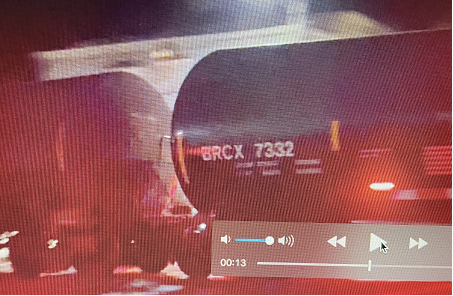Legal Memo: Overview of Current PA Law Related to Local Ordinances Affecting the Use of Land for Drilling Oil & Gas Wells
April 7, 2011Studies Say Natural Gas Has Its Own Environmental Problems
April 11, 2011COMMITTEE ON ENERGY AND COMMERCE
MINORITY STAFF
EXECUTIVE SUMMARY – Excerpt
Last Congress, the Committee on Energy and Commerce launched an investigation to examine the practice of hydraulic fracturing in the United States. As part of that inquiry, the Committee asked the 14 leading oil and gas service companies to disclose the types and volumes of the hydraulic fracturing products they used in their fluids between 2005 and 2009 and the chemical contents of those products. This report summarizes the information provided to the Committee.
Between 2005 and 2009, the 14 oil and gas service companies used more than 2,500 hydraulic fracturing products containing 750 chemicals and other components. Overall, these companies used 780 million gallons of hydraulic fracturing products – not including water added at the well site – between 2005 and 2009.
Some of the components used in the hydraulic fracturing products were common and generally harmless, such as salt and citric acid. Some were unexpected, such as instant coffee and walnut hulls. And some were extremely toxic, such as benzene and lead. Appendix A lists each of the 750 chemicals and other components used in hydraulic fracturing products between 2005 and 2009.
The most widely used chemical in hydraulic fracturing during this time period, as measured by the number of compounds containing the chemical, was methanol. Methanol, which was used in 342 hydraulic fracturing products, is a hazardous air pollutant and is on the candidate list for potential regulation under the Safe Drinking Water Act. Some of the other most widely used chemicals were isopropyl alcohol (used in 274 products), 2-butoxyethanol (used in 126 products), and ethylene glycol (used in 119 products).
Between 2005 and 2009, the oil and gas service companies used hydraulic fracturing products containing 29 chemicals that are (1) known or possible human carcinogens, (2) regulated under the Safe Drinking Water Act for their risks to human health, or (3) listed as hazardous air pollutants under the Clean Air Act. These 29 chemicals were components of more than 650 different products used in hydraulic fracturing.
The BTEX compounds – benzene, toluene, xylene, and ethylbenzene – appeared in 60 of the hydraulic fracturing products used between 2005 and 2009. Each BTEX compound is a regulated contaminant under the Safe Drinking Water Act and a hazardous air pollutant under the Clean Air Act. Benzene also is a known human carcinogen. The hydraulic fracturing companies injected 11.4 million gallons of products containing at least one BTEX chemical over the five year period.
In many instances, the oil and gas service companies were unable to provide the Committee with a complete chemical makeup of the hydraulic fracturing fluids they used. Between 2005 and 2009, the companies used 94 million gallons of 279 products that contained at least one chemical or component that the manufacturers deemed proprietary or a trade secret. Committee staff requested that these companies disclose this proprietary information. Although some companies did provide information about these proprietary fluids, in most cases the companies stated that they did not have access to proprietary information about products they purchased “off the shelf” from chemical suppliers. In these cases, the companies are injecting fluids containing chemicals that they themselves cannot identify.



